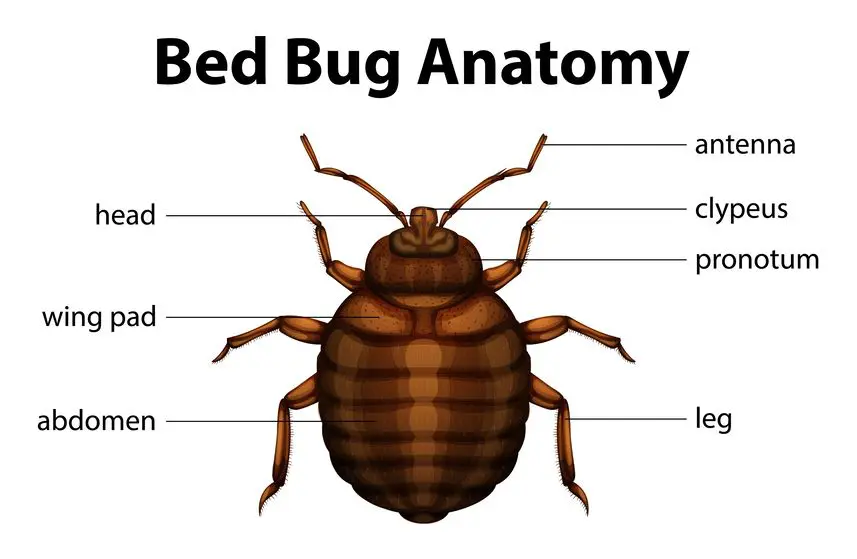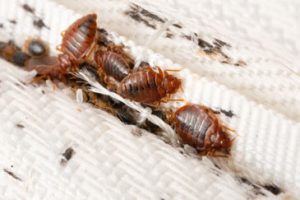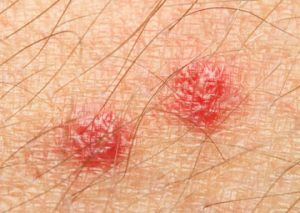Bed bugs are small, flat insects that belong to the family Cimicidae. They have a distinct body structure that allows them to move and feed on the blood of their hosts.
The head of a bed bug is small and pointed, and it has a pair of antennae that are used to sense the environment. The mouthparts of a bed bug are adapted for piercing the skin of their host and sucking blood. The mouthparts consist of two pairs of sharp, serrated stylets that are used to pierce the skin and a long, flexible labium that is used to inject saliva and suck blood.
The body of a bed bug is divided into three segments: the head, thorax, and abdomen. The thorax is the largest segment and contains the muscles and organs necessary for movement. The legs of a bed bug are attached to the thorax and are adapted for crawling across different surfaces.
The abdomen of a bed bug is the largest segment and contains the digestive, reproductive, and respiratory organs. The abdomen is flattened and oval-shaped, and it is covered with small hairs that help the bed bug move and sense its environment. The anus of a bed bug is located at the end of the abdomen, and the female reproductive organs are located near the base of the abdomen.
Bed bugs are adapted for living in close proximity to their hosts, and their anatomy reflects this. Their flat, oval-shaped bodies allow them to hide in cracks and crevices, and their small size allows them to easily crawl across surfaces. Their mouthparts are adapted for piercing the skin of their host and feeding on their blood, and their respiratory system allows them to survive in environments with low oxygen levels.
Overall, the anatomy of a bed bug is specialized for feeding on blood, hiding in tight spaces, and surviving in a variety of environments. Understanding the anatomy of bed bugs is important for identifying and treating infestations in homes and other settings.
Looking for effective bed bug treatment in Colorado Springs? Look no further than our expert services! Click the link to learn more about how we can help rid your home of these pesky pests for good.




